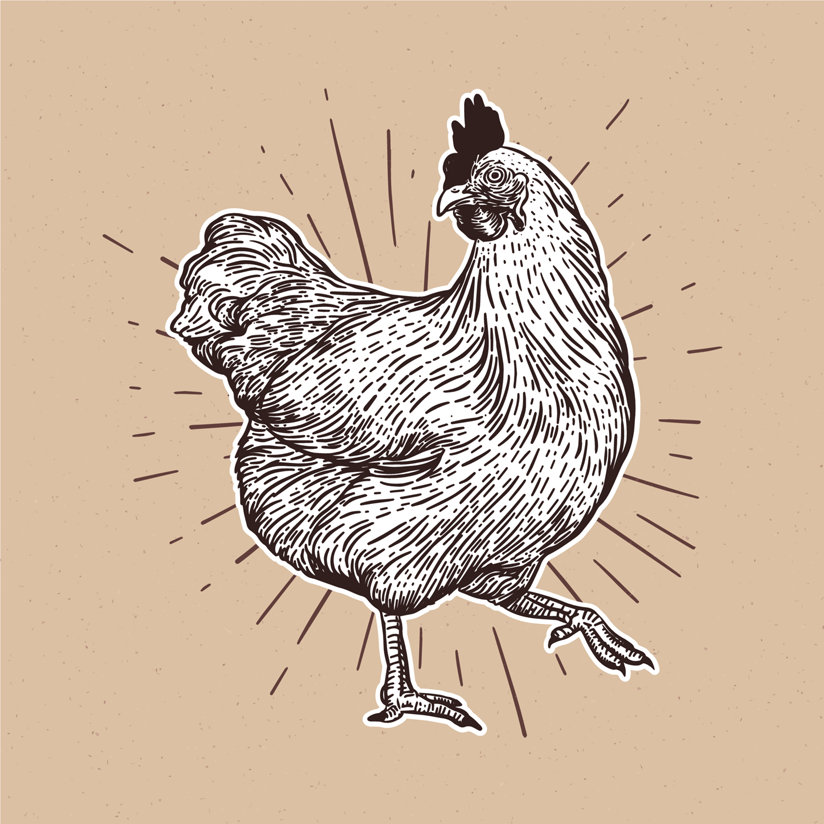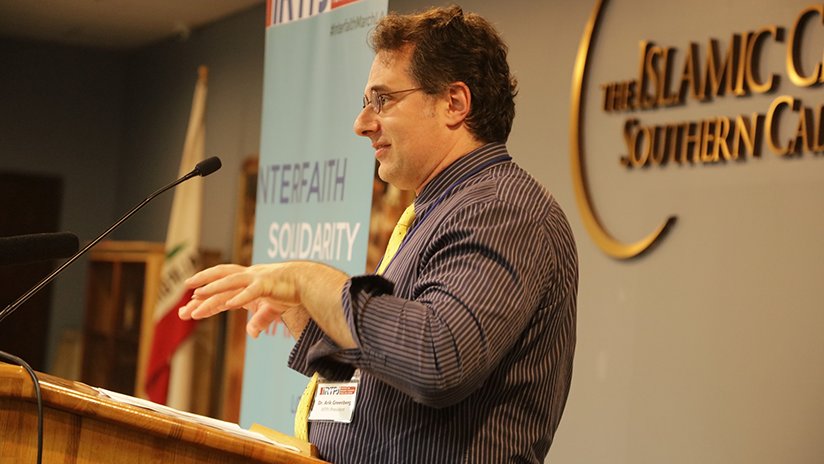
-
HOME
-
WHAT IS STANDOur Mission Our Values Our Help Contact
-
WHAT WE FIGHT FORReligious Freedom Religious Literacy Equality & Human Rights Inclusion & Respect Free Speech Responsible Journalism Corporate Accountability
-
RESOURCESExpert Studies Landmark Decisions White Papers FAQs David Miscavige Religious Freedom Resource Center Freedom of Religion & Human Rights Topic Index Priest-Penitent Privilege Islamophobia
-
HATE MONITORBiased Media Propagandists Hatemongers False Experts Hate Monitor Blog
-
NEWSROOMNews Media Watch Videos Blog
-
TAKE ACTIONCombat Hate & Discrimination Champion Freedom of Religion Demand Accountability
Why the Chicken Crossed the Road: A Fable About Hate & Redemption
“I dream of a better world where chickens can cross the road without having their motives questioned.”
I first saw this sign in a shop window while taking a walk years ago on the island of Guernsey in the English Channel. I’ve since seen it in many other places.
It is a historical artifact of a protest in days of yore: the only surviving record of a heartfelt plea to cease and desist in pushing the question, “Why did the chicken cross the road?”
“Please,” said the chickens, “just leave us alone.”
It’s an old, old story, a fable. It’s a tale of hate and redemption that, like all fables, has something to teach us. It goes like this…

A long time ago chickens had formed a religion based on the idea that God was an infinitely wise and gentle old bird with luxuriant feathers and a magnificent comb. They believed that salvation depended on providing the world with eggs and barnyard entertainment. Since these beliefs were different from the norm, some cynical people became suspicious of chickens and their motives, especially since their beliefs seemed innocent and pure. (To a cynic, nothing is innocent and pure.) Some spread rumors that eggs were dangerous to one’s health and that, since eggs were a product of the reproductive system, eating them would slowly but inexorably turn us all into chickens. Others were convinced that clucking was a secret code and that the barnyard antics of chickens were an attempt to hypnotize us. Some became wary of their travel patterns and their habit of crossing roads, allegedly for one-to-one proselytizing.
“Please,” said the chickens, “just leave us alone.”
Investigations were done. Most were biased and simply reinforced the rumors. A very few were honest attempts to understand chickens and their ways without preconceptions. One, after exhaustive study, determined that chickens were harmless and that in crossing roads, they were just trying to get to the other side.
But the truth that chickens posed no threat was drowned out by an ever-increasing number of more strident rumors. One was based on a simple misunderstanding that fowl meant foul. That resulted in cries to rid the world of these foul birds. But then, in complete contradiction, it was found that chickens were edible and that the species (and religion) could be managed by eating them. The logic was utterly lost on these people that if eating eggs would result in assimilation into chickendom, then eating the whole bird might well accelerate the process. (Like all haters, chicken haters defied any discernible logic.)

Anti-chicken groups continued to foment more and more vicious practices, far worse than any the chickens themselves were accused of. Chief among them were scrambling eggs to reduce the potential for reproductive assimilation and the more drastic measure of roasting whole chickens on spits over open flame.
The prevailing view of society was that chickens were to be used, abused, caged, and eaten. People wore feather suits to mock their religion. Jokes were made about them. Cowards were called “chicken.”
Chickens worked hard to correct all the misconceptions.
But there were those who continually stirred the pot and fomented more lies. Others who were impressionable and had a thirst for controversy listened to these lies and spread them further—not because they had anything against chickens personally but because they were just following the crowd. It seemed that hate had become more and more socially acceptable.
Investigations were done. Most were biased and simply reinforced the rumors.
Around the same time in history, other haters spread vitriol about other creatures, people, colors, religions, politics and even health practices. There was discord. Violence. Mayhem. Even death. Until something hit a breaking point.
Saner members of society stood up and cried “Enough!” “No more hate!” “No more hate of any kind. For anybody. For any reason. Anywhere!”
And their voices became louder until they overpowered the voices of haters. And then even some of the followers of the haters started shouting “No more hate!” And before long the only ones left were the true dyed-in-the wool haters. They were so rare they stuck out like sore thumbs.
Soon a new question came up: “Why did the hater cross the road?” And the answer was, “To run away and hide.”
And they all did.









